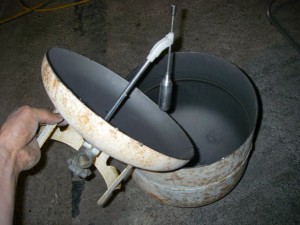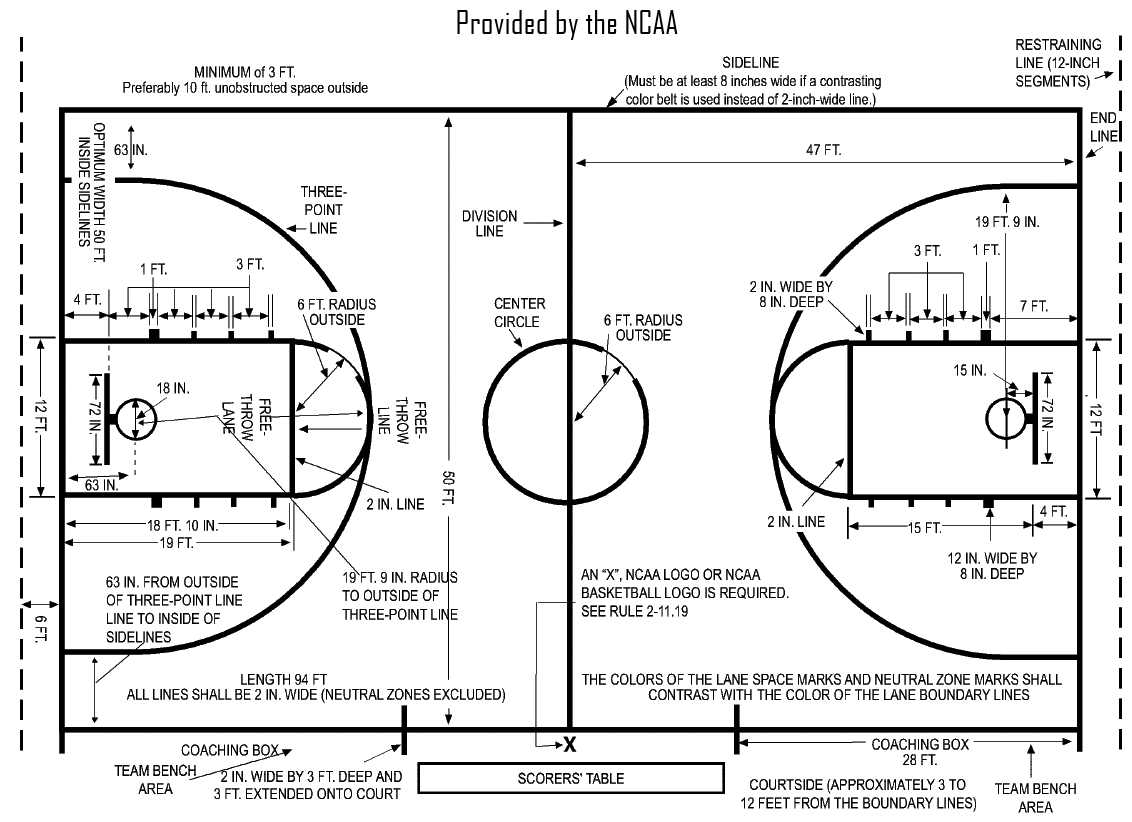Once again two young black men are dead because of “arrest-related death”
Here are the stats for arrest related deaths 2003-2009: http://www.bjs.gov/content/pub/pdf/ard0309st.pdf
Of the many numbers that stood out to me were the fact that “accidental” deaths for young men of color were higher than their white counterparts. More damning is the fact that because
White population ~ 63.7% Black non-hispanic population 12.2% Source Wiki
White population deaths (2003-2009) = 2026 Black non-hispanic deaths = 1529
12.2/63.7 = x/2026 ==> x=388
So if things were proportional and equal 388 Black non-hispanic people should have been killed.
But 1529 were. How much greater is this number?
1529/388 =3.94
3.94 times greater
So Black non-hispanics are 4 times more likely to have an arrest related death when accounting for population
If we do the same for white and non-white
36.3/63.7 = x/2026 ==> x=1155
So if things were proportional and equal 1155 non-white people should have been killed.
But 2787 were. How much greater is this number?
2787/1155 = 2.4
2.4 times greater.
So if you are non-white you are 2.4 times more likely to have an arrest related death.
What the HELL, When will this change!
I wonder:
*What about years 2010-2015?
*Arrest-Deaths assumes equal chance of contact. However people of color are more likely to have police encounters does this again increase likelihood of Arrest-Death encounters.


 is the ideal gas law for
is the ideal gas law for




